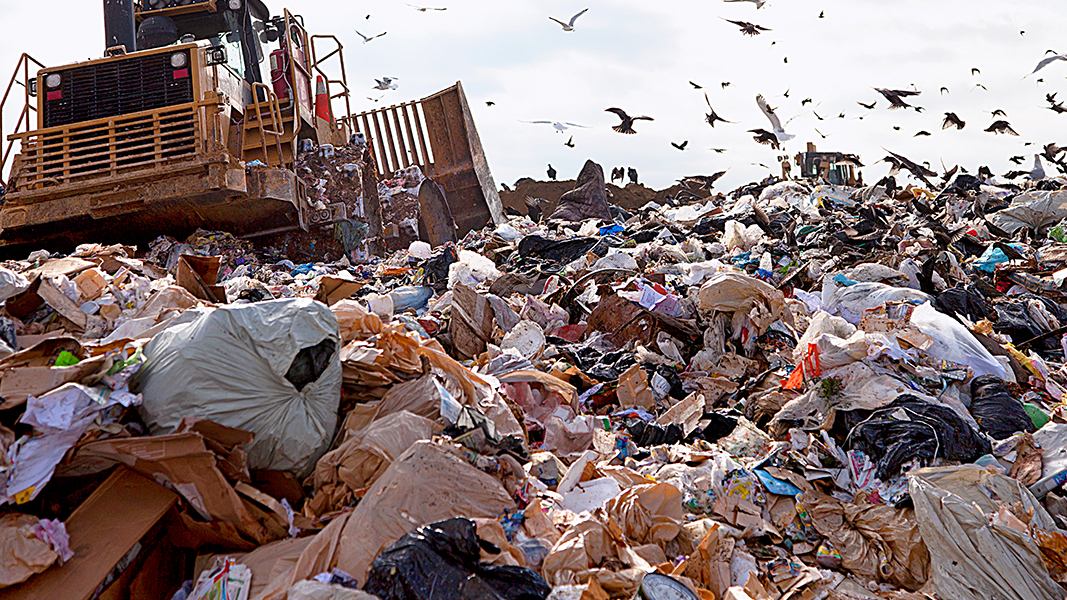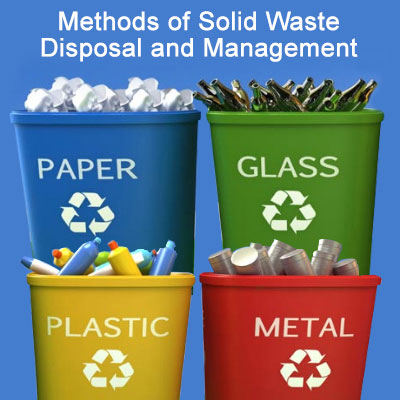Benzoil Industrial Waste Administration: Protecting the Setting
Benzoil Industrial Waste Administration: Protecting the Setting
Blog Article
From Landfills to Recycling Centers: A Comprehensive Guide to Responsible Waste Monitoring Practices for a Greener Future
In a globe where the monitoring of waste has actually ended up being progressively essential for the sustainability of our planet, the shift from dependence on landfills to the promo of recycling facilities has actually gathered significant interest. The environmental effects of land fills are well-documented, motivating a change in the direction of more liable waste management methods. The trip towards a greener future entails even more than simply the basic splitting up of recyclables. It needs a comprehensive understanding of the different techniques available, the benefits they provide, and the cumulative initiatives required to make a substantial distinction. By discovering the complex details of waste management techniques, a clearer path arises towards a more sustainable and eco mindful society.
Environmental Impact of Landfills
As natural waste breaks down in anaerobic conditions within land fills, methane is released right into the ambience, capturing warmth and worsening global warming. Additionally, leachate, a harmful liquid developed as rainwater percolates through waste materials, can pollute dirt and water sources, positioning risks to both public and environmental wellness.
To deal with these ecological concerns, positive waste administration techniques such as enhanced recycling, composting, and waste-to-energy technologies are being applied to reduce the amount of waste sent out to land fills. By diverting natural waste and recyclables from landfills, the generation of methane and leachate can be minimized, ultimately alleviating the environmental effect of these disposal sites.

Benefits of Recycling Centers
Recycling centers play a pivotal role in promoting lasting waste management methods and promoting a round economic situation. By reusing products such as paper, plastics, glass, and steels, reusing facilities help decrease the removal and intake of raw materials, ultimately lowering the environmental impact of resource exploitation.
In addition, recycling centers dramatically contribute to power preservation and greenhouse gas emissions reduction (Benzoil Australia). The process of reusing consumes much less power compared to generating goods from raw products, bring about a decrease in carbon emissions and a much more energy-efficient manufacturing cycle. Additionally, recycling facilities aid develop task possibilities in the reusing industry, supporting local economic situations and supplying employment possibility in waste management and reusing markets
Moreover, reusing facilities play an important duty in minimizing the volume of waste sent to land fills, thereby prolonging the life-span of existing landfill sites and reducing the linked environmental and carcinogen. By diverting recyclable materials from garbage dumps, recycling centers assist alleviate pollution, avoid dirt and water contamination, and protect ecological communities. Ultimately, the existence of recycling centers promotes a culture of environmental stewardship and accountable intake, leading the way for a much more sustainable and greener future.
Sorts Of Waste Monitoring Techniques
Discovering different approaches for efficient waste monitoring is vital in advertising sustainability and lowering ecological influence. Waste administration methods encompass a variety of techniques to handle different kinds of waste, each created to decrease environmental damage and maximize source healing.
One typical approach is garbage dump disposal, where waste is buried in marked areas. Recycling is a widely known approach that includes transforming waste materials right into brand-new items to Find Out More protect against waste of possibly beneficial products.
Composting is an organic method that decays organic waste into nutrient-rich dirt. This method is especially reliable for food and backyard waste. Waste-to-energy innovations convert non-recyclable waste into gas, electrical power, or warmth. Each technique has its obstacles and benefits, highlighting the significance of choosing one of the most suitable method based upon the sort of waste and ecological factors to consider.
Exactly How to Reduce House Waste
Executing sustainable practices in everyday regimens can significantly decrease home waste production. One effective method to reduce house waste is by practicing the 3 R's: Decrease, Reuse, and Recycle. To minimize waste, individuals can start by bearing in mind their acquisitions, selecting items with minimal product packaging or in bulk to lessen waste generation. Reusing things like clothes, containers, and bags can also help reduce the quantity of Get the facts waste that ends up in landfills. Additionally, reusing materials such as paper, glass, steel, and plastic can divert waste from the trash bin and provide a brand-new life.
Composting organic waste like food scraps and lawn trimmings is another eco-friendly approach to lower household waste. By composting, organic products are transformed into nutrient-rich dirt that can be utilized for gardening or landscape design, reducing the demand for chemical fertilizers. Repairing things rather of discarding them and purchasing used products can also contribute to waste reduction. By integrating these techniques into every day life, individuals can make a positive effect on the environment and job in the direction of a greener future.
Neighborhood Involvement in Waste Management

In addition, developing partnerships with regional colleges, companies, and area companies can additionally reinforce waste management efforts and encourage joint options to attend to waste-related obstacles within the neighborhood. Inevitably, community engagement in waste administration is key to promoting a culture of sustainability and promoting environmental stewardship for a greener future.

Final Thought
In final thought, accountable waste management practices are important for creating a greener future. By understanding the environmental impact of landfills and see page the benefits of reusing facilities, people can make enlightened choices to decrease family waste. Engaging with the neighborhood in waste management efforts can additionally magnify the favorable effect on the atmosphere. It is important for all to prioritize sustainable waste administration techniques to preserve our world for future generations.
In a globe where the monitoring of waste has actually ended up being progressively critical for the sustainability of our earth, the transition from reliance on landfills to the promo of reusing facilities has actually gathered significant focus. Recycling is a widely known approach that involves transforming waste materials into brand-new items to stop waste of potentially beneficial materials.
To reduce waste, individuals can begin by being mindful of their purchases, deciding for products with very little packaging or in mass to minimize waste generation.Composting natural waste like food scraps and lawn trimmings is another environment-friendly approach to decrease home waste.To construct upon the foundation of liable waste administration practices at the home degree, promoting area interaction in waste management efforts comes to be vital for producing a more eco-conscious and sustainable culture.
Report this page